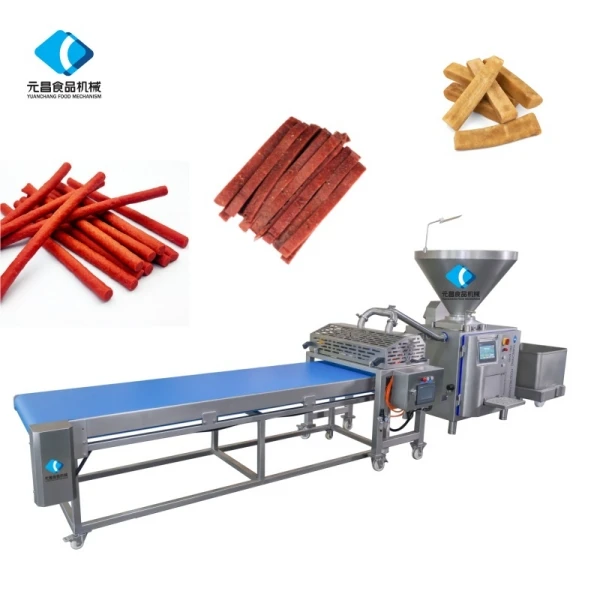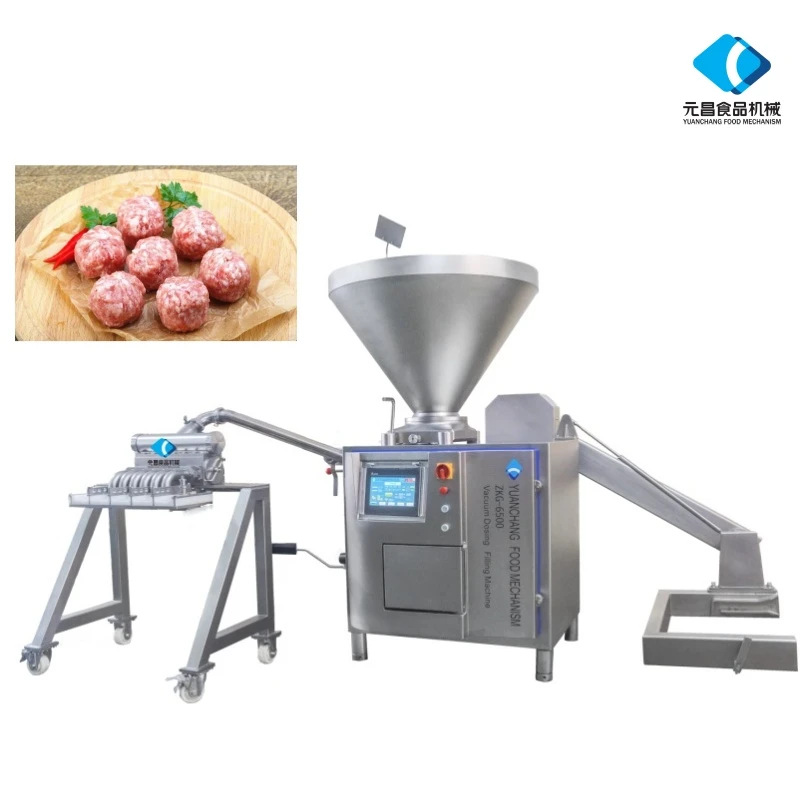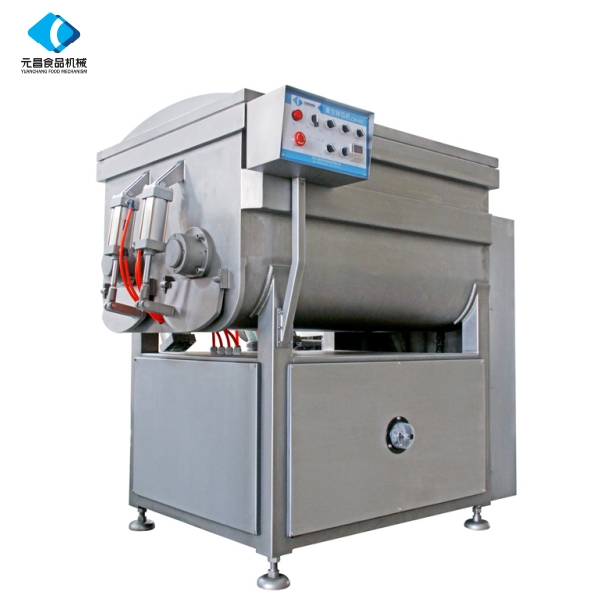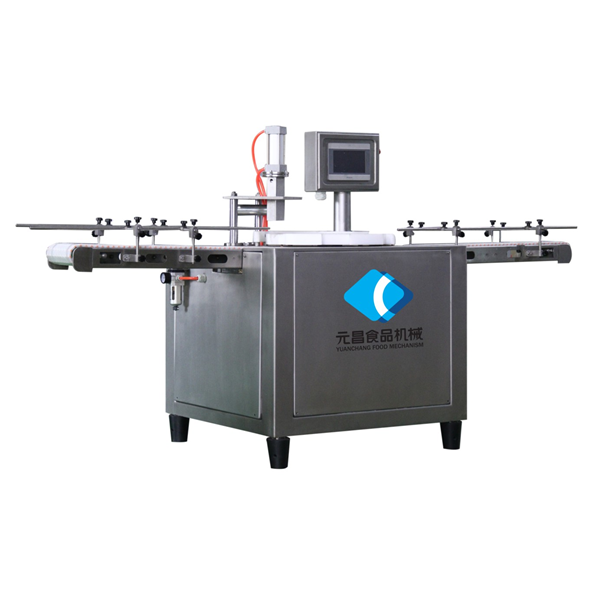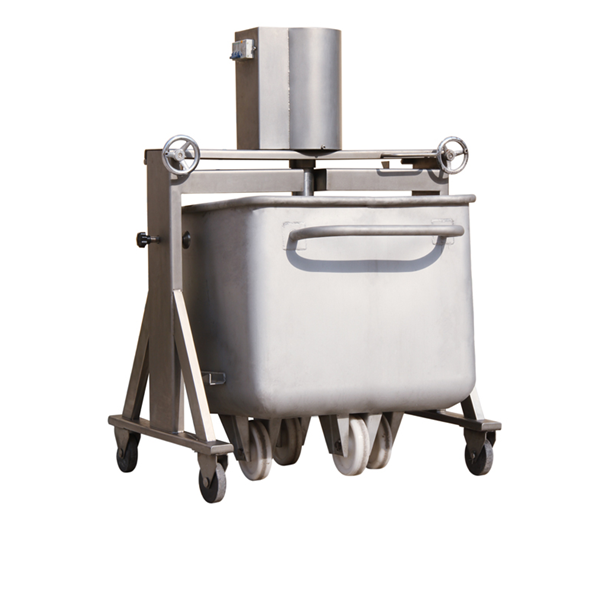- Afrikaans
- Albanian
- Amharic
- Arabic
- Armenian
- Azerbaijani
- Basque
- Belarusian
- Bengali
- Bosnian
- Bulgarian
- Catalan
- Cebuano
- chinese_simplified
- chinese_traditional
- Corsican
- Croatian
- Czech
- Danish
- Dutch
- English
- Esperanto
- Estonian
- Finnish
- French
- Frisian
- Galician
- Georgian
- German
- Greek
- Gujarati
- haitian_creole
- hausa
- hawaiian
- Hebrew
- Hindi
- Miao
- Hungarian
- Icelandic
- igbo
- Indonesian
- irish
- Italian
- Japanese
- Javanese
- Kannada
- kazakh
- Khmer
- Rwandese
- Korean
- Kurdish
- Kyrgyz
- Lao
- Latin
- Latvian
- Lithuanian
- Luxembourgish
- Macedonian
- Malgashi
- Malay
- Malayalam
- Maltese
- Maori
- Marathi
- Mongolian
- Myanmar
- Nepali
- Norwegian
- Norwegian
- Occitan
- Pashto
- Persian
- Polish
- Portuguese
- Punjabi
- Romanian
- Russian
- Samoan
- scottish-gaelic
- Serbian
- Sesotho
- Shona
- Sindhi
- Sinhala
- Slovak
- Slovenian
- Somali
- Spanish
- Sundanese
- Swahili
- Swedish
- Tagalog
- Tajik
- Tamil
- Tatar
- Telugu
- Thai
- Turkish
- Turkmen
- Ukrainian
- Urdu
- Uighur
- Uzbek
- Vietnamese
- Welsh
- Bantu
- Yiddish
- Yoruba
- Zulu
manual sausage filler machine
Understanding the Manual Sausage Filler Machine
In the world of meat processing, efficiency and quality are paramount. One essential tool that combines both is the manual sausage filler machine. This device is favored among small-scale meat processors, home cooks, and artisanal sausage makers for its simplicity, effectiveness, and ability to produce high-quality sausages.
What is a Manual Sausage Filler Machine?
A manual sausage filler machine is a device used to pack seasoned meat mixture into casings to create sausages. Unlike electric models, a manual filler operates through a hand-crank mechanism, which allows users to have greater control over the filling process. The basic components of a manual sausage filler typically include a hopper for holding the meat mixture, a stuffing tube for inserting into the casings, and a crank or lever for driving the filling action.
How Does it Work?
The operation of a manual sausage filler is straightforward. First, the sausage casing is prepared and placed onto the stuffing tube. The meat mixture, which can be tailored to individual tastes and dietary requirements, is packed into the hopper. As the user turns the crank, a piston pushes the meat mixture down through the stuffing tube and into the casing. This action fills the casing evenly and allows the user to control the amount of filling, ensuring that each sausage is both consistent and well-packed.
Advantages of a Manual Sausage Filler
1. Control and Precision Using a manual sausage filler gives the operator finer control over the stuffing process. This results in sausages that are perfectly filled without air pockets, which can lead to bursting during cooking.
2. Cost-Effective Manual fillers are generally less expensive than their electric counterparts, making them a suitable option for small businesses, home cooks, or hobbyists. They require no electricity, allowing for versatility in where they can be used.
manual sausage filler machine

3. Portability Due to their compact design and lighter weight, manual sausage fillers can be easily transported. This is particularly beneficial for those who participate in farmers’ markets or remote gatherings.
4. Durability Many manual sausage fillers are designed with sturdy materials like stainless steel, ensuring they can withstand rigorous use while being easy to clean.
5. Traditional Craftsmanship For many, the act of manually filling sausages is a nostalgic process that connects them to traditional methods of meat preparation. It allows home cooks to engage fully in the food-making process.
Tips for Using a Manual Sausage Filler
- Prepare Your Ingredients Before starting, ensure your meat mixture is cold. A well-chilled mixture is easier to work with and leads to better texture. - Choose the Right Casing Different sausages require different types of casings, such as hog casings, sheep casings, or synthetic options. Selecting the right casing is crucial for achieving the desired flavor and texture.
- Keep Everything Clean Since you are working with raw meat, sanitation is critical. Make sure all equipment is thoroughly cleaned before and after use to prevent contamination.
- Practice Your Technique Filling sausages can take practice. Start with a small batch to hone your skills before moving on to larger quantities.
Conclusion
The manual sausage filler machine remains an indispensable tool for anyone interested in creating homemade sausages. Its affordability, simplicity, and ability to produce high-quality sausages make it a favorite among chefs and home cooks alike. Whether you're aiming to craft gourmet sausages for a festive occasion or simply exploring traditional culinary arts, the manual sausage filler is a wonderful investment that pays off in taste and satisfaction. Embracing this time-honored technique allows for a deeper appreciation of food craftsmanship and encourages a more sustainable approach to meat consumption.
-
Glass Container with Plastic Vented Lid - Hebei Yuanchang | Heat-Resistant, Customizable Food StorageNewsAug.18,2025
-
Glass Container with Plastic Vented Lid|Heat Resistant&CustomizableNewsAug.18,2025
-
Mechanical Clipper: Efficient Double Clipping & TrimmingNewsAug.18,2025
-
Glass Container with Plastic Vented Lid-Hebei Yuanchang Food Mechanism & Technology Co., Ltd.|Heat-Resistant&Leak-ProofNewsAug.18,2025
-
glass produce storage containers-Hebei Yuanchang Food Mechanism & Technology Co., Ltd.|Heat-resistant,AirtightNewsAug.17,2025
-
Glass Container with Plastic Vented Lid-Hebei Yuanchang Food Mechanism & Technology Co., Ltd.|Thermal Resistance,Customizable DesignNewsAug.17,2025





